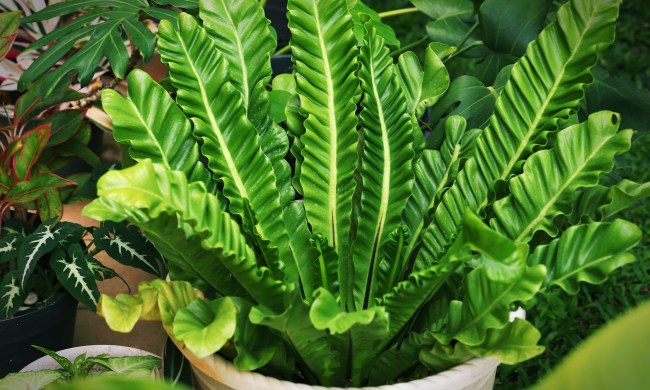Tomatoes are a popular fruit or vegetable, depending on who you ask. You can use them in a near-endless number of ways, and there are tons of varieties to choose from! How do you know which one is the best for you? Here’s a good place to start: Cherry tomatoes! Let’s take a look at a few tips for growing cherry tomatoes so that you and your family and friends may enjoy them in your meals!
What are cherry tomatoes?
Cherry tomatoes are a kind of tomato known for their small size and sweeter flavor. There are several different varieties of cherry tomatoes, from black cherry tomatoes to orange sunsugar. They can range in color, coming in a myriad of reds, oranges, yellows, and black. They’re popular in salads, fried, on pizza, or eaten whole as a snack.
How long do cherry tomatoes take to grow?
Cherry tomatoes grow faster than other types of tomato, due to their smaller size. From germination to harvest, cherry tomatoes take two to three months. The exact time depends on the variety of cherry tomato, as well as growing conditions. However, no matter the variety, once it starts flowering you’ll be seeing tomatoes within a couple weeks.
Are cherry tomatoes easy to grow?
Cherry tomatoes are very easy to grow, particularly because you can grow them in many different ways! They can be grown in ways that fit practically any space. Cherry tomatoes need soil with moderate to high draining, and several hours of direct sunlight. They’re a vining plant, so they need something to support them, and this is where the adaptability comes in. Cherry tomatoes can be grown in containers, which makes them excellent for apartment balconies or other places with little space. Just make sure they climb the tomato stake and not the balcony railing!
If you have a moderate amount of space available, cherry tomatoes do well outdoors, either in containers or in the ground. Tomato stakes, cages, and vertical trellises work excellently for smaller garden spaces. You can even attach a trellis to the side of your house, which is an excellent use of space and looks pretty cool.
For gardens with more space available, try a freestanding vertical trellis or an A-frame trellis. A-frame trellises take up more room than vertical ones, but they’re much more stable and provide another layer of visual interest to a garden space. Cherry tomatoes do very well on trellises, and, since they’re small, you don’t have to worry about the fruit becoming too heavy and breaking off the vine. Trellises can come in many shapes and sizes, though, so find one that fits your space!
Another option, however, is growing cherry tomatoes in a hanging basket. This is a great option if there isn’t any room on the ground for them and can be done outside or inside, as long as they get enough sun. Since there is less room in a hanging basket, you may see a reduced yield. Counteract this by having multiple baskets at once. Just make sure to spread them out so their vines don’t get tangled! With hanging baskets, you want the vines to grow downward and dangle, so keep an eye on them. If they start growing up the handle of the basket, gently unwrap them. Otherwise, you may end up with tomatoes on the roof!
Do cherry tomatoes ripen after being picked?
Yes! Cherry tomatoes will ripen off the vine, although there are limits to their ripening ability. Tomatoes won’t mature off the vine, so you want to let your cherry tomatoes grow as much as possible before picking them.
Once they’re fully grown, pick them and put them somewhere warm and dark. Sunlight will cause the skin to ripen faster than the center, which can make for an unpleasant surprise when you bite into one! If you cut the green tomatoes off with part of the plant, you can hang them up to help ensure an even ripening, but they will ripen just fine sitting on a flat surface, as well.
Some gardeners prefer not to ripen off the vine, however, as it can result in a less flavorful tomato. For cherry tomatoes in particular, this can be jarring, as they are normally very flavorful. If you’ve never ripened a tomato off the vine before, you may want to try it with a small batch first, so you can compare tomato flavors and see what you prefer.
These tiny tomatoes can add flavor to any home or garden. Now you’re ready to start planting. Experiment a little with different supports and varieties to find out what works for you. You’ll be happy you did come harvest time!






